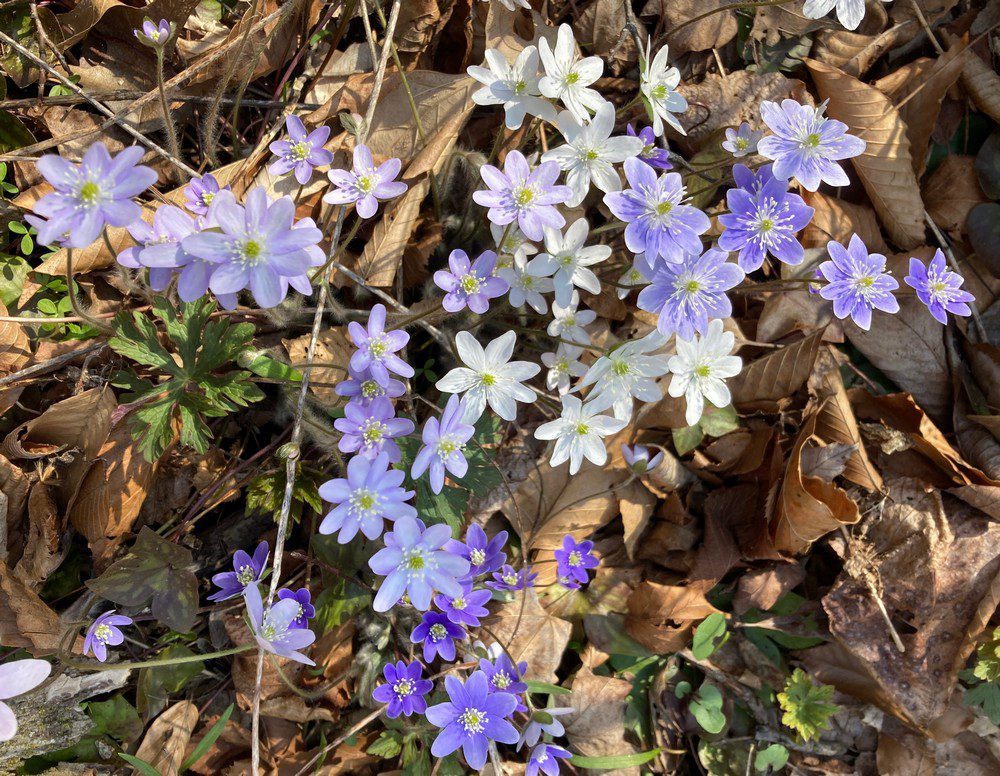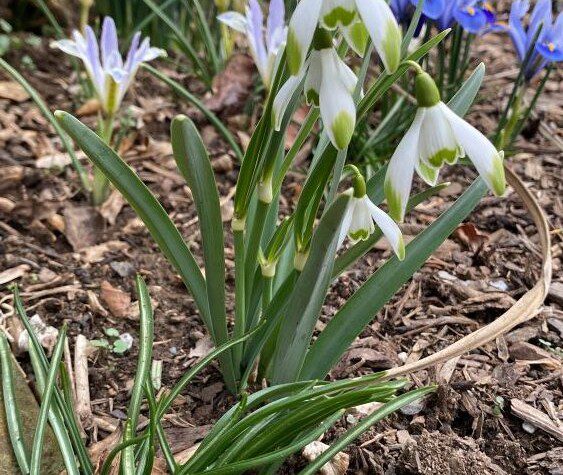


Guest Rant by Joseph Tychonievich
There has been a lot of discussion in gardening circles about “nativars.” Is the term useful? How is it defined? The latest surge of comment coming from this generally excellent article in the Washington Post.
But there is a concept that gets thrown around in all these discussions that makes me want to scream: That is the idea of a “wild type” or “straight species.” This is generally put forward in contrast to cultivars, the idea being that they are the species as it is in the wild, untouched by human hands.
Here’s the problem.
There is no such thing as a singular wild type or straight species. Wild plants – and all other organisms – do not exist in a single form, they are genetically diverse and variable populations, each individual different. So every single plant you purchase or grow, whether it has a cultivar name attached to it or not, is a selected form. Maybe it was selected because a nursery owner thought it had unusually beautiful or interesting flowers. Or maybe it was selected just because it happened to grow in a meadow where a plant propagator got permission to collect seeds one sunny late summer day.
If you think this is all academic nitpicking, let’s give a concrete example.

Here is a photo of one of my favorite native plants, Hepatica americana. I adore this plant and seek it out everywhere I can every spring. Which one is the wild type? White? Light blue? Dark blue? I can tell you that all these color forms are very common. Sometimes I’ll visit one park and find a population of nearly all blues, then drive just 20 minutes up the road to another woodland and find population that is entirely white, and other times all growing mixed up together like this. Less often, I’ll find pinks, but they’re not that rare; I pretty consistently find a pink or two every large population I’ve seen. Which form will you get if you purchase “wild type” or “straight species” Hepatica americana? Who knows. You will get some selection from natural diversity with no cultivar name attached; you just don’t get any information about what the selection is.

‘Jeana’ phlox at Mt. Cuba Center
This reality plays out in very weird ways. Every thoughtful article I’ve read about nativars cites Mt. Cuba Center’s excellent research on how attractive different varieties are to pollinators and specifically mentions the cultivar Phlox paniculata ‘Jeana’. Here’s how the Washington Post article describes it: “Another surprise nativar standout was Phlox paniculata ‘Jeana’, which outperformed the species “by a huge margin,” Hoadley says.”
Let’s unpack that. By “the species” they mean a Phlox paniculata selection from the wild with no cultivar name attached. In contrast to ‘Jeana’ which is… wait for it… ALSO a selection of Phlox paniculata from the wild. And, because ‘Jeana’ does have a name, it is easy to google and find out that it was first collected by a woman named Jeana Prewitt, who found it growing along the Harpeth River in Nashville, Tennessee.
In other words, the comparison here is not between a wild plant and man-made hybrid; it is between two selections from the wild, one of which we have some information about because it was given a name, and the other about which we know nothing because no one bothered to name it.
Now, of course, not all cultivars are wild selections. Some are complex hybrids, significantly modified by years of active work by plant breeders. But it is easy to differentiate between a selection from the wild, like Phlox ‘Jeana’, and a man-made hybrid, like Phlox ‘Fashionably Early Flamingo’, because they have names attached. Names we can look up to get more information about how they were created. Names that let places like Mt. Cuba compare them and give us all useful information about how many pollinators they attract.
Keeping cultivar names attached to plants isn’t just useful for helping pollinators. Sometimes it is key information about how a plant will – or won’t – perform in your garden. My beloved Hepatica americana has wild populations around me in northern Indiana, and the range extends from the Florida panhandle and all the way up into Ontario. That means most gardeners in the eastern half of North America can grow this wonderful little wildflower, but if the nursery just lists it as “the straight species” who knows what you’ll get. It could be a selection from your part of the country, or it could be one from a far extreme of the range that is going to suffer horribly in your conditions.
So we need more “nativars” in the world. More names. More background on how and where and why a plant was selected. And we need to stop pretending that a plant without a cultivar name attached is anything other than a plant about which we don’t have very much information.
‘Jeana’ photo source.
Joseph Tychonievich is the author of “The Comic Book Guide to Growing Food” and several other gardening books. He lives and gardens in northern Indiana.
The myth of the “wild-type” or “straight species” originally appeared on GardenRant on March 2, 2024.
The post The myth of the “wild-type” or “straight species” appeared first on GardenRant.





More Stories
Why Should We Think About Our Winter Gardens Right Now?
5 Reasons You Need Snow Removal Services
Green Industry Veteran Nick Jiannas Joins Kress Commercial